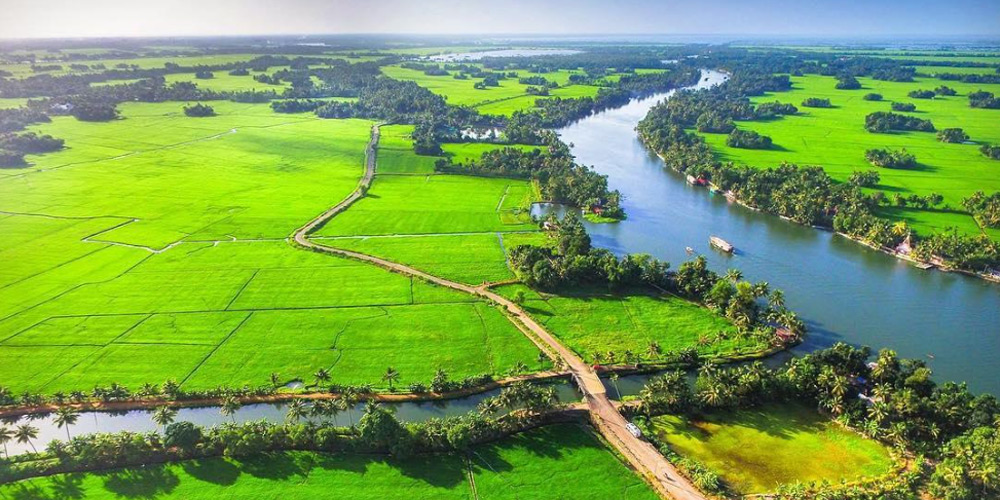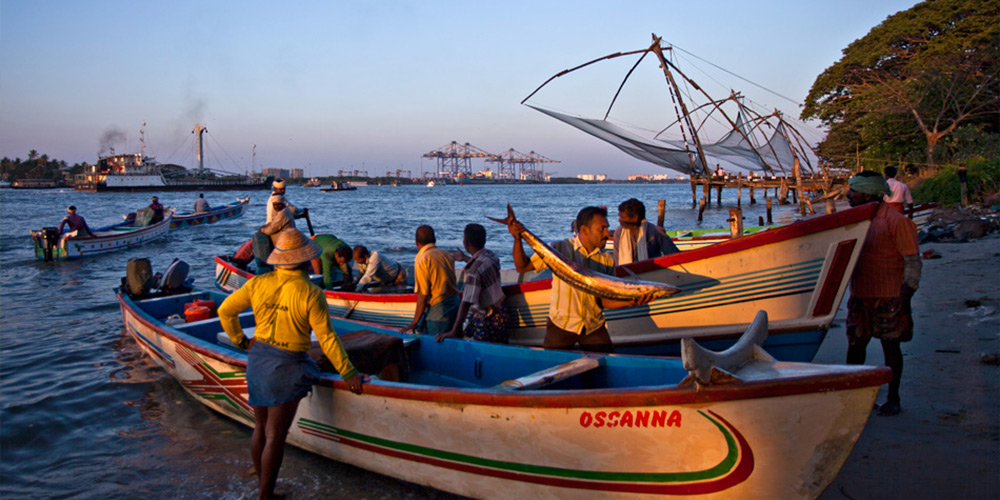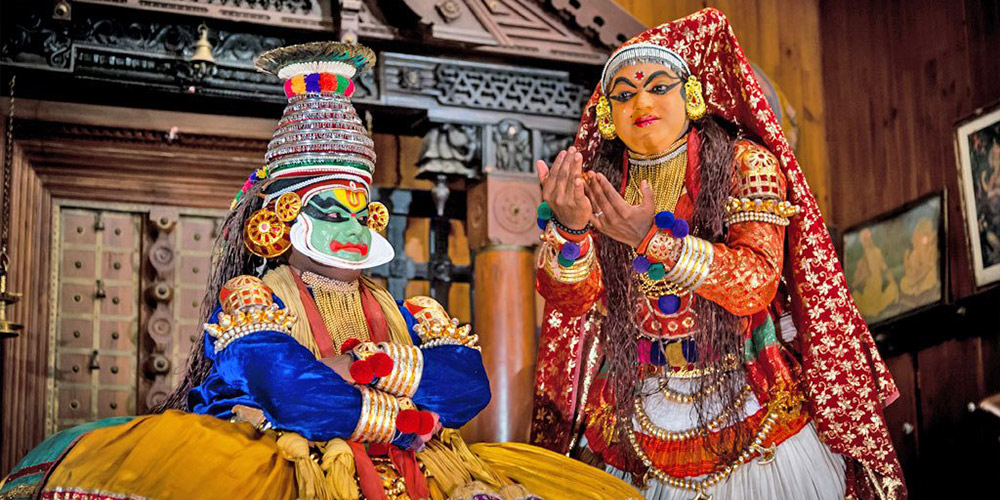Jousting with preconceived notions about India, as a traveler can be quite a challenge. And this is best reflected in your approach to Kerala, ‘God’s Own Country’ which has been ranked amongst the world’s best destinations to visit in 2023. Don’t fall into that trap, because you are sure to miss out on some of the most rewarding experiences, which lie beneath the surface.
Backwater Story

A quintessential experience, a cruise or a stay for a few days on a houseboat, on the Kerala backwaters, has had its fair share of plaudits from travelers from all over the world. But maybe, next time you should dig a bit deeper into the narrative of the backwaters and the pivotal role they play in the lives of the communities which have settled along this iconic network of palm-fringed water channels. Do a deep dive at the jump-off point Alleppy, where a ladies’ club has been fighting to preserve the heritage of this unique backwaters’ ecosystem– where the local people have created a lifestyle in this water world which is in variance to those living in the city. Lord Curzon’s ‘The Venice of the East’– Alleppy, formally ‘Alappuzha’ or “the land between the sea and the network of rivers flowing into it”, will not only reveal stories of life by the waterline, it will also throw the spotlight on the importance of the paddy fields, the coconut and the fishing which have been the backbone of survival in this aqua and emerald kingdom. You will also get a glimpse into the history of how over the millennia the backwaters were systematically turned into paddy fields and how networks of canals were created to irrigate, to collect silt and to connect the fields. An unmissable experience is the walking tour of Alleppey organized under umbrella of The Preserve Alleppey Project, started in 2000 by the Lion Ladies Club of Alleppey to address the urgent need to preserve the character of the town. The Society is dedicated to the preservation of Kerala’s natural, idyllic backwaters. You will learn all about the importance of this canal system and cover the ecology of the area and how its preservation has impacted the local environment. You’ll also get to visit a family home and enjoy an authentic Kerala meal featuring local tropical produce.
Kochi’s Chinese Nets

Did you ever imagine taking a boat out at sunset to do a photoshoot of this iconic landmark from the other side of the harbour? Ditch the cliches and delve deep into this symbol of Kochi’s backstory as a vibrant international trading outpost down the centuries. Located on the western shoreline, Kochi is magical place at sunset and the best place to enjoy this spectacular daily occurrence is where the Chinese Nets have been tethered in the waters of the Arabian Sea. The great thing is that its not a static picture post card landmark. The nets are abuzz with activity as the local fishermen bend their backs to working at them as part of their daily routine. Each fishing net is operated by more than four fishermen. So not only do you get great pictures of the dying rays of the sun pouring down on the nets, the bonus is that you can shoot all the action around them as well. You will love your interactions with them if you bestir yourself to lend a hand with the ropes and join in their singsong as they work the nets. These massive cantilevered fishing nets, you may recall, were said to have been left behind by traders from the court of legendary Kublai Khan sometime between 1350 and 1450; another story goes that the Chinese explorer Zhang He first introduced the nets to Kochi’s coastal waterline.
Kathakali Craze

On of the most enduring stories of Kerala’s performing arts is that of Kathakali, the classical dance-drama, and a tradition that dates back several centuries. It is believed the form came into being around the 17th century having evolved out of extant forms of devotional dance dramas like the Krishnattam and Ramanattam. The fantastical synchronisation of the rich influences of ballet, opera, masque, pantomime along with the music, vocals, choreography and hand and facial gestures, serves up a mesmerising experience which will be remembered long after you have shaken off the dust of your travels around Kerala. Don’t be fooled by the effortless performances. It all requires years of rigorous training–and hours are spent on the stylised masks, elaborate makeup headgear, costume and jewellery. Were you aware that the body movements and chorographical patterns of these performances were also influenced by Kerala’s ancient martial arts? Also, there is no other dance form where the dancer has to use all the body parts– so you can imagine how much training goes into how skilled and flexible they need to be for those eye movements, the facial expressions etc. These all -night performances are a delight to ponder over. Were you aware that the performers dedicate their entire lives to honing the skills in their craft– and that the parts of both men and women were done by boys and men? This exclusive masculine preserve was only breached by women performers in the mid-to- late 20th century. You’ll be surprised to learn that this period also witnessed the craft being utilised in new settings and was applied to different subject matters. Guru Gopinath and Ragini Devi used it extensively in composite dance dramas for urban stages; kathakali adaptations of the story of the Buddha, Mary Magdalene, Homer’s Iliad, Shakespeare’s King Lear and Goethe’s Faust were also performed.
Countless back stories wait to be unspooled by the intrepid traveler in this verdant haven on India’s western coastlands. Don’t be surprised if Kerala remains an enduring hotspot your bucket list for years to come.


